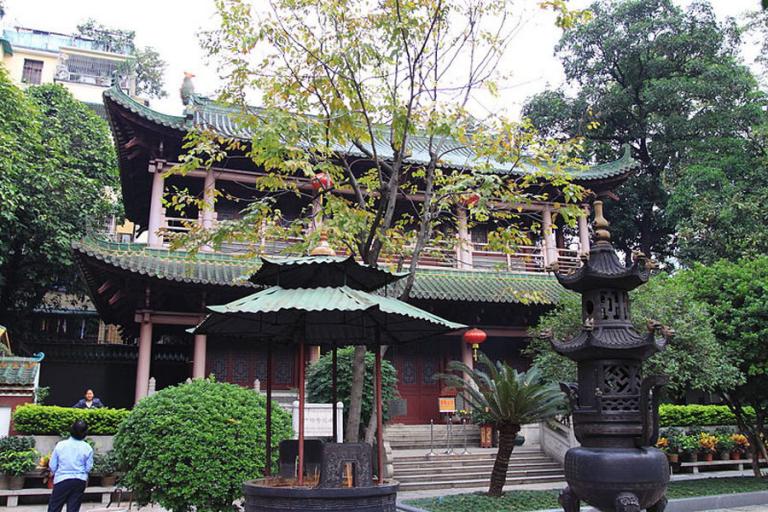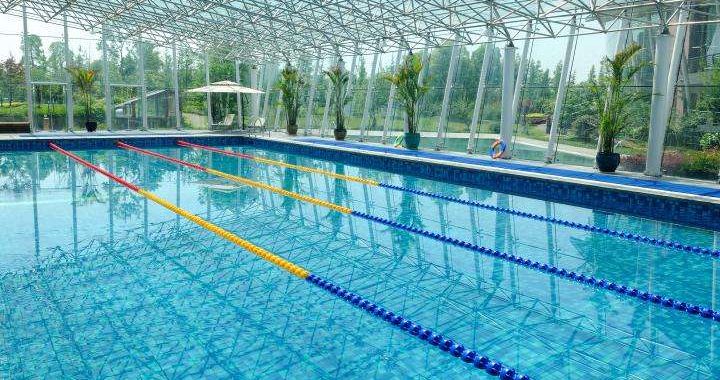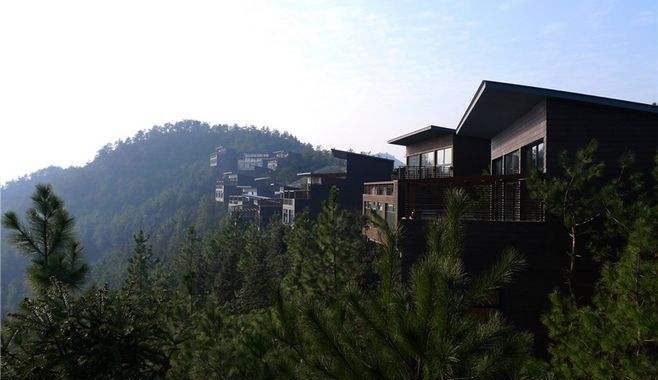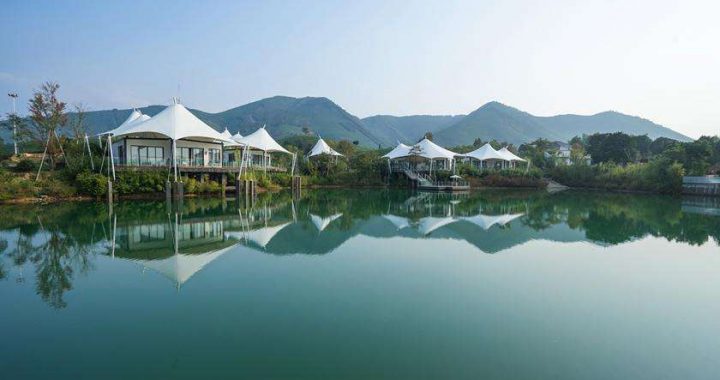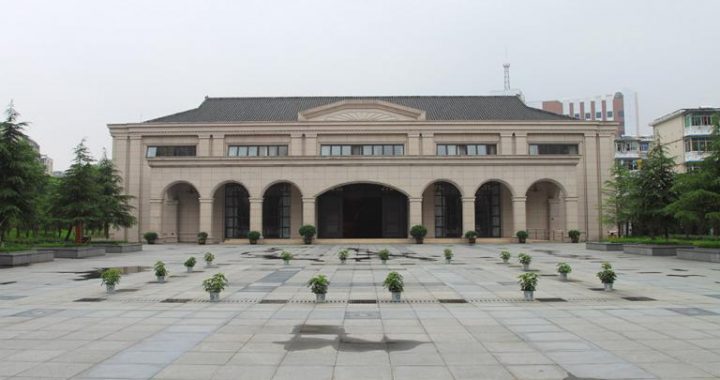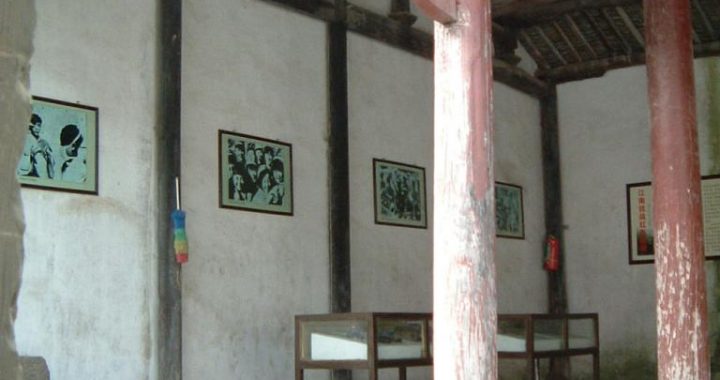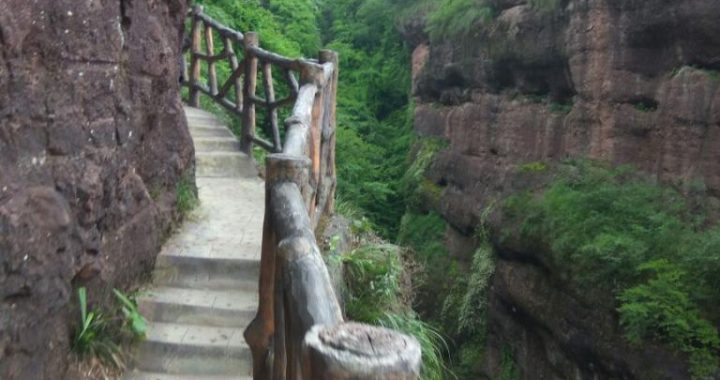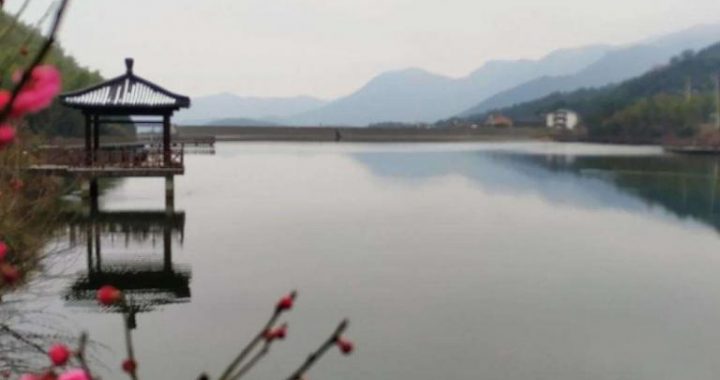Great Tang Tributary Tea Courtyard in Changxing
7 min readAn old Chinese saying goes like that fuel, rice, oil, salt, sauce, vinegar and tea are the seven chief necessities for a family in daily life. Though teais put at the last among them, we can still see the importance of tea in life. China is a country with a long history of tea culture. The fragrance of tea is not aggressive, but pleasant, delicate and lasting, so that it is compared to a kind of personal character. Tea is also the symbol of elegance. Any fame, wealth and earthly concerns are banished from one’s mind when gentlemen or friends meet together enjoying a cup of tea. Chinese people place much significance on the process of drinking tea. People who are savouring a cup of tea do not only judge whether it is good or bad, but also take delight in their reveries besides the drinking itself. Therefore, savouring is regarded as an art and the distillation of life. To drive out one’s fatigue, it is better for one to find a tranquil place and make a kettle of strong tea to be at self-service. If one met with a defeat, tea would improve one’s thinking ability and inspire enthusiasm. Tea is both substantial and spiritual. It is invigorating as well as pacifying. It is the flexible property of tea that goes in different environments to form the different tea cultures. In Japan, tea represents the peace of mind; besides, the rigorous ceremony and steps of making tea reflect a trait in the Japanese character that they economize on natural resource. In some Western countries, tea with sugar and milk may be served with desserts to create a leisurely and romantic atmosphere. China has long been known as the”land of ceremony and propriety”and Chinese people pay more attention to courtesy. Making tea and serving tea might be supposed as decorum for the host when guests call on. Before serving tea, the host may ask guests what kind of tea they prefer, green tea or black tea.
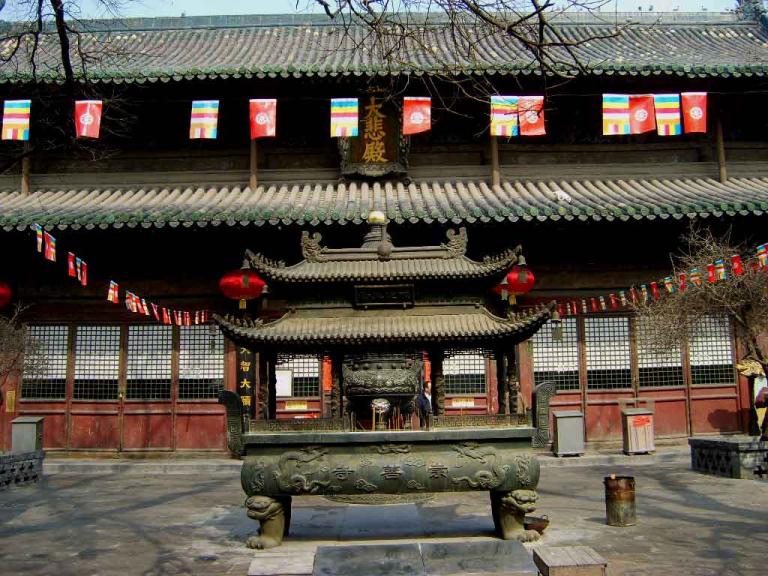
In the course of serving tea, the host should take notice of how much tea water left in the teacup and the teakettle. Usually, boiling water should be added when half of tea water in the cup has been consumed by the guest, thus, the tea water keeps pleasantly warm and the same smell of scent throughout the course of drinking. It is certainly desirable to have a comfortable, refreshing, quiet and neat location for enjoying tea, tourists would often find that many teahouses are tucked away in traditional Chinese gardens or nestled closely to mountains and lakes. The natural beauty of surroundings allures tourists to have a stay and have a cup of tea.
Located at the foot of Guzhu mountain, Great Tang Tributary Tea Courtyard was built in 770 during the Tang Dynasty. It is the first place where the special houses were set up to produce special tea for the imperial court. The tea courtyard had the longest period of providing tributary tea, which lasted 876 years from the Tang Dynasty (770) to the Qing Dynasty (1646). Because of its historic significance and position, it becomes the relics under the national cultural protection now.
The ancient Tributary Tea Courtyard occupied an area about 10 mu. and had more than 30 rooms for making and storing tribute of Zisun Cha. In the period of its greatest prosperity, there were 1,000 manufacturers whowere engaged in making tributary tea on a largest scale. In those days of drying and making tea, the houses were decorated with lanterns and bunting, people celebrated the good harvest by singing and dancing. The ancient tributary houses were destroyed in the 1940s by a disaster of fire. In 2006, the local government invested 100 million RMB to rebuild the court on the original site. The renovated tributary tea courtyard is composed of Lu Yu Tower, Eastern Long Gallery, West Long Gallery and Auspicious Temple.
The structure of winding corridor makes it unnecessary for visitors to take the road back, and becomes more convenient to the next spot.
Entering the tea courtyard, Lu Yu Tower with three storeys comes into one’s eyes. The tower in the ancient style looks simple and magnificent. It is blended with the modern technology. By the virtual techniques, the entire life of Lu Yu is vividly displayed. It is a tower, or rather an exhibition museum, in which visitors can get much knowledge about tea from the introduction of Cha Jing(The Classic of Tea). Cha Jing is the first book on tea in the world. Lu Yu made a systematic study of Chinese tea-culture before the time of the Mid-Tang Dynasty. In his best-known works, he completely expounded Chinese tea, covering its history, its cultivation, picking tea, making tea, the efficacy of drinking tea, growing areas in ancient times, etc. Lu Yu finished his first draft at the age of 29, and finalized the manuscript when he was 48 years old. The Classic of Tea has a widespread and profound influence up to now, which marks the initial formation of Chinese tea culture.
In the west Long Gallery, tourists can take a short rest and taste Zisun Cha while watching the performance about the methods and steps of making tea. Groups of bronze statues derived from some folk tales are fixedthere. As is known to all,a lot of men of letters and refined scholars once visited Guzhu Mountain and drank Zisun Cha made with Jinsha Spring Water. Many of them created excellent writings and fine lines during their visits. With the time passed, some poems and phrases were developed into wonderful stories that are related with tea. The groups of bronze figures are moulded according to the six folk tales of those stories. They have conveyed much information about the tribute of Zisun Cha. This long gallery fully shows the ingenuity of the designer. The cliffside carvings that are scattered over the mountain are copied and gathered here. Thus, visitors won’t go far and take much time to seek those inscriptions. As the substantial evidence, those rock inscriptions and carvings left by noted men in past time arepowerful examples to prove the tributary tea to be out of the ordinary.
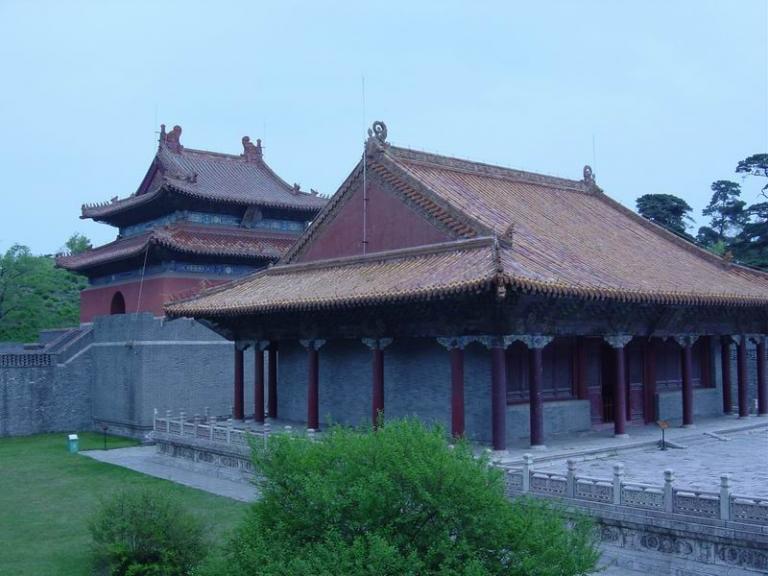
Additionally, tourists are well informed from the introductions and exhibits in the gallery what the 28 governors did during their terms of office in Huzhou. After the establishment of the courtyard of tributary tea, it is only in the Tang Dynasty that 28 governors visited the courtyard one after another. They all made their own efforts to the development of Zisun Cha, or Jinsha Spring Water. Some organized and edited books about the tributary tea, some sympathized with the tea-farmers in their afflictions, some took account of natural factors and submitted statements to the higher authority for delaying the time of payment. In 801 Li Ci decided to extend the courtyard. He built up a temple, and moved an auspicious plaque from Auspicious Temple within the boundaries of Deqing into the courtyard. It makes the courtyard become the first example of tea-culture blended withBuddhism. The east Long Gallery now consists of six parts about tributary tea, namely Production of Tributary Tea, Quick Delivery of Zisun Cha and Jinsha Water, Three Uniques for Savouring Tea, Introductions of Tributary Tea through the Ages, Tea over the World, and Restoration of Tributary Tea.
Tourists can get to know the procedure of producing tea, the delivering time and way of tea to the imperial court, the interactive relations and results of tea leaves, water temperature and the right time of service during infusing tea, the distribution and evolution of tributary tea at different dynasties, and the three ways of Chinese tea and its tea culture to other countries.
The newly-built Auspicious Temple has two storeys. The ground floor is divided into three exhibition areas to respectively present the prosperity of the Grand Tang Tributary Tea Courtyard in its prime period, the evolutions of producing Zisun Cha from the Tang Dynasty to the Qing Dynasty, and the grand tea-feast in the imperial court of the Tang Dynasty.
Those events and occasions are reproduced by imitative scenes and scalemodels. On the second floor, Manjusri is enshrined. The Bodhisattva is the symbol of intelligence. Monks who awake to the truth from ancient times to nowadays all have the experience of attaining enlightment through having tea. Making or drinking tea is the same as the practice of Buddhism at a slow approach to perfection. Both take different ways, but get equally satisfactory results, so does the cultivation of one’s character. Great Tang Tributary Tea House brings Buddhism, tea-culture and sightseeing together, and provides quite a different atmosphere for tourists to drink Zisun Cha.
When tourists sit in the elegant tea rooms and enjoy it, they must come to realize the nobility and elegance of the tributary tea that originates from the Tang Dynasty. Now the construction of the third project in the site has been completed, the touring area reaches to 50 mu. It has become one of the best historical attractions in Changxing.
